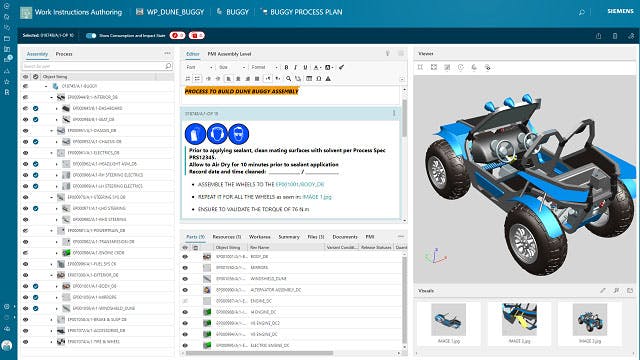Zarządzanie częściami serwisowymi to strategia stosowana przez producentów i organizacje serwisowe w celu oszacowania zapotrzebowania na każdą część potrzebną do obsługi zasobu terenowego, a następnie utrzymania prawidłowych poziomów zapasów w celu zapewnienia dostępności bez nadmiernych zapasów i dostarczania odpowiednich części we właściwym czasie do czynności serwisowych. Po kosztach robocizny części są zazwyczaj drugim co do wielkości składnikiem kosztów w świadczeniu usług, co sprawia, że zarządzanie częściami serwisowymi jest istotnym elementem opłacalnego programu serwisowego.
Bez efektywnego zarządzania częściami serwisowymi firma jest podatna na znaczne marnotrawstwo związane z konserwacją, naprawami i remontami (MRO). Podobnie jak właściciel domu dla majsterkowiczów zazwyczaj odbywa wiele podróży do sklepu dla majsterkowiczów, zespół serwisowy, który nie jest wspierany przez dobre zarządzanie częściami serwisowymi, może odbywać wiele podróży między zapasami a punktem konserwacji, ponosząc dużą karę czasową, a także koszty transportu i utrzymując aktywa o wysokiej wartości poza działaniem przez długi czas.
Zarządzanie częściami serwisowymi to czynności związane z konserwacją, naprawami i remontami, obsługiwane przez oprogramowanie do zarządzania cyklem życia serwisu (SLM ). Oprogramowanie do zarządzania częściami do konserwacji, napraw i remontów w ramach systemu zarządzania cyklem życia serwisu pomaga firmom zoptymalizować zapasy części serwisowych oraz terminowość i wydajność serwisu, wykorzystując te same funkcje, które są używane do zarządzania materiałami i zapasami przed i w trakcie produkcji zasobów.
Powiązane produkty: Teamcenter


